Introduction Asexual reproduction does occur in many types of different organisms. There are different forms of asexual reproduction and there are some benefits and drawbacks to the process. Read further to learn more details about&hellip
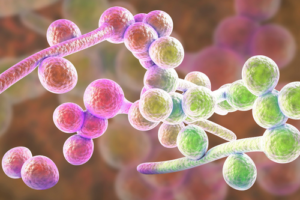

Introduction Asexual reproduction does occur in many types of different organisms. There are different forms of asexual reproduction and there are some benefits and drawbacks to the process. Read further to learn more details about&hellip
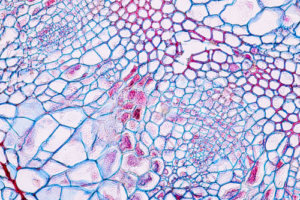
Introduction: The Zygomycota are a group of organisms in the kingdom Fungi. There are many types of fungi but the Zygomycota are the type that includes the bread molds. Before discussing the details of how&hellip
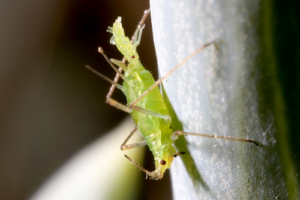
Introduction There are many different reproductive strategies that are used in living organisms. Which reproductive strategy an organism has often depended on evolution and on what strategy has proven most successful. One of the reproductive&hellip

Introduction Mitosis is one type of division that living cells undergo either for the growth and development of tissues or as a form of asexual reproduction. There is a lot of significance to mitosis in&hellip
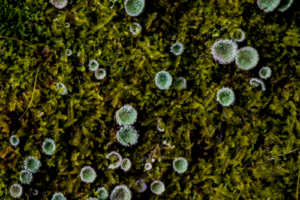
Introduction There is some debate about if spores are really harmful to humans or not. Spores are structures that are formed and released by certain types of living organisms. Read further to learn more about&hellip
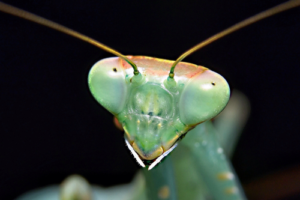
Introduction The praying mantis is an insect in the order Mantodea. These insects are quite unique and easy to recognize by their big eyes and forelimbs that are held as if they are praying. Their&hellip
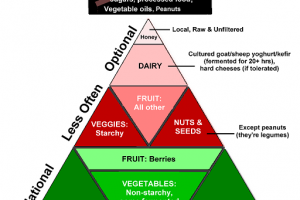
What is Paleo? The paleo diet is also referred to as the Paleolithic diet and is based on the notion that one should only consume foods that were available to people living during the Paleolithic&hellip

What is Paleo? The paleo diet is also referred to as the Paleolithic diet and is based on the notion that one should only consume foods that were available to people living during the Paleolithic&hellip
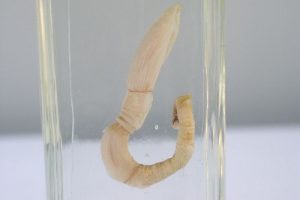
Definition and Characteristics of Hemichordata The Hemichordata is a phylum of worm like invertebrate animals that are found in the ocean. They are named for the buccal diverticulum which is a structure that looks like&hellip
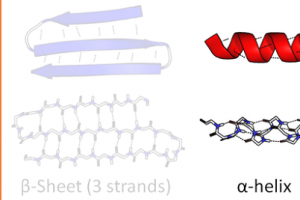
What is Alpha helix? The alpha helix is one of the most common secondary structures that are often formed in proteins. It is also named for the people who discovered it, and thus is also&hellip

What is Fission? Fission is a nuclear reaction in which the nucleus of a heavy atom, such as uranium, breaks down into two particles that are of about the same size and of medium mass.&hellip
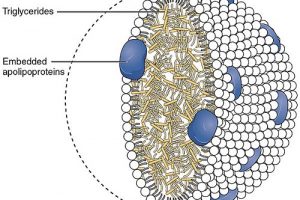
What is Phospholipid? This is a special type of triglyceride in which one fatty acid has been replaced by a phosphate group. A phospholid consists of two fatty acids and a phosphate group that is&hellip
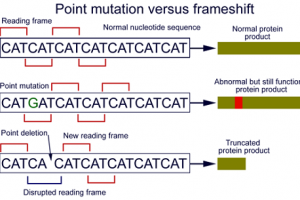
What is Point Mutation? A point mutation is a change in one base pair in the nucleotide sequence of the DNA strand. It can be due to an error during DNA replication but can occur&hellip
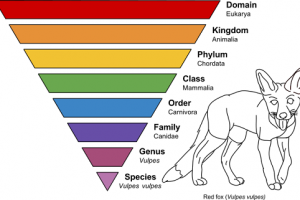
What is Phylum? Phylum is a taxonomic division that is placed below the level of kingdom. It is a category that has always been found in the animal kingdom. Phylum is a taxonomic rank that&hellip
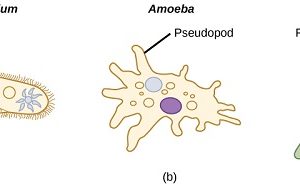
What is Amoeba? An amoeba can constantly change shape constantly. This is because the body consists of a fluid flowing central endoplasm and outer gelatinous ectoplasm. The amoeba contains flowing extensions of the body called&hellip
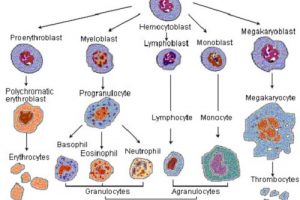
What is Granulocytes? Granulocytes are a type of white blood cell (leucocyte) that has distinct, easily visible, large microscopic granules in the cytoplasm. Granulocytes also have irregular shaped nuclei with more than one lobe. They&hellip
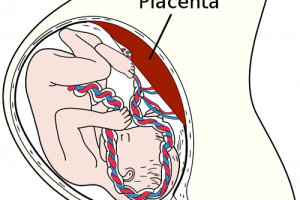
What is the placenta? The placenta is a disc shaped organ that has a weight of about 500 g and diameter of 185 mm. It is attached to the fetus via the umbilical cord and&hellip